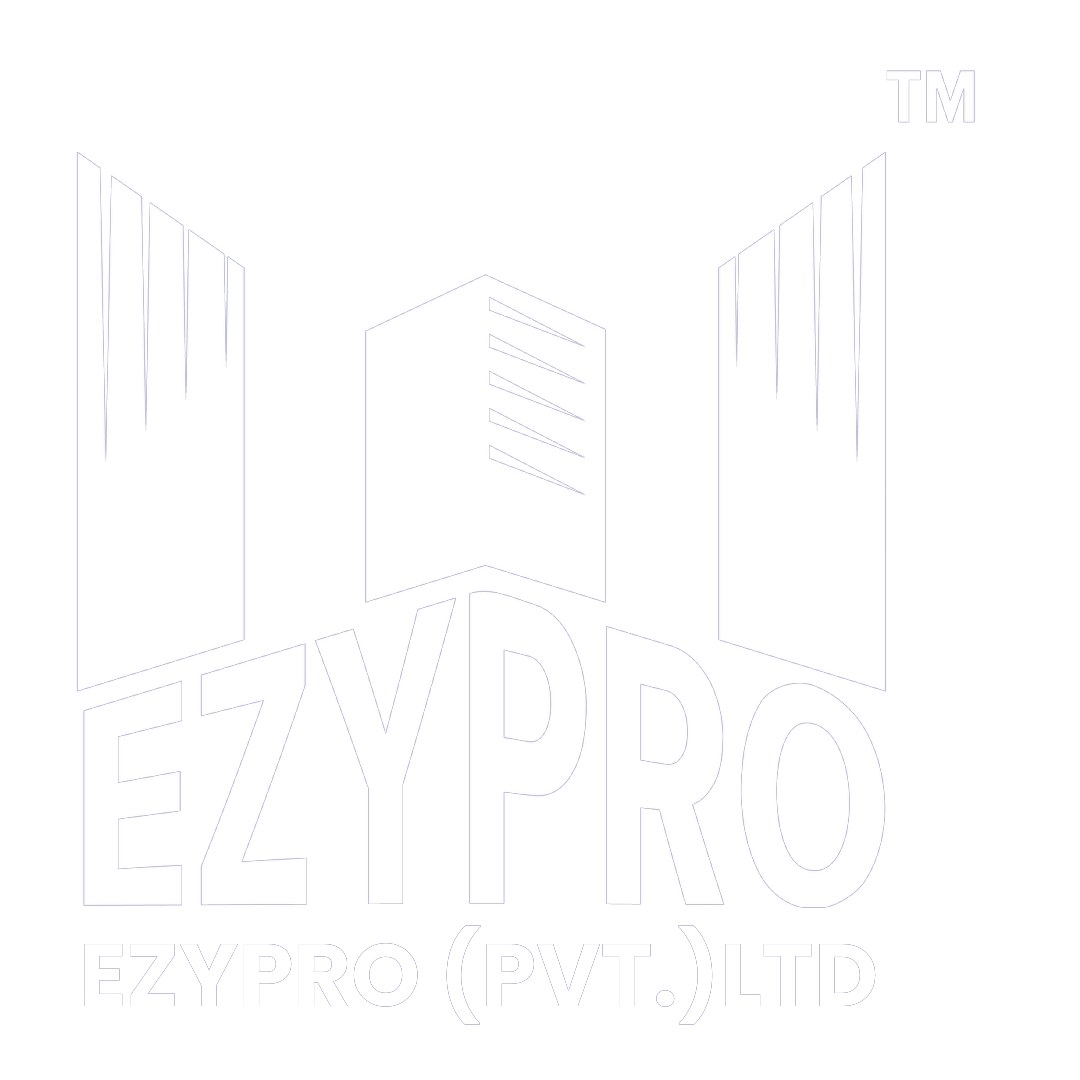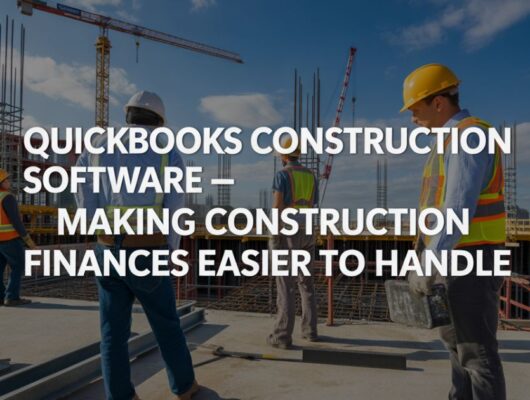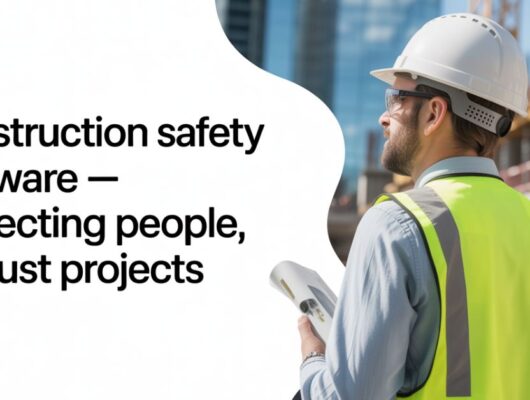In construction, every minute counts. Materials must show up when the crew is ready. Machines can’t sit idle. One small delay can throw off the entire plan. That’s the reason that many companies are now turning to construction supply chain management software.
It makes it super easy for them to track materials, suppliers, and deliveries in one simple dashboard. Nothing gets lost. No one waits around wondering when things will arrive. The result? Fewer delays, smoother days, and happier teams.
The Real Problem in Construction Projects
A project that may seem simple has so many moving parts. You’ve got suppliers, transporters, site managers, and warehouse teams, all trying to stay in sync. But things rarely go perfectly. Maybe a truck breaks down. Maybe the wrong order gets shipped. Work stops.
Deadlines move. Costs go up. Companies tried to manage this chaos and troubles with phone calls, spreadsheets, and paper files for many years. It worked, until projects became larger and faster. Now, those old methods can’t keep up. That’s where construction supply chain management software steps in. It keeps everything organized, visible, and updated in real time, so everyone knows exactly what’s happening.
What the Software Does
Think of it as your digital control center for materials and suppliers.
Follow are the few things that it helps to do:
- From purchase to delivery, Track every order.
- Monitor supplier performance and delivery timelines.
- Manage multiple sites without confusion.
- Avoid over-ordering and wasted inventory.
- Plan upcoming needs based on actual progress.
Everything happens inside one platform. No chasing calls. No long email chains. Just open the software, and the answers are there.
Why Companies Are Adopting It
The biggest reason companies switch to construction supply chain management software is control. It gives managers a clear picture of what’s going on, what’s been ordered, what’s on its way, and what’s delayed. When you can see everything in real time, you make faster decisions. Fewer surprises. Fewer errors.
Less stress. It also saves time. Instead of calling five people for updates, teams just log in and check. Everyone has the same information. And because everything is stored automatically, reports and audits take minutes, not days. The data’s right there when you need it.
Features That Actually Help
Every construction business runs differently, but a few key features make these tools stand out:
- Real-time tracking: Always know where your materials are and when they’ll reach the site.
- Supplier management: See which suppliers deliver on time and which ones don’t.
- Automatic purchase orders: Send orders in seconds, no paperwork or waiting.
- Inventory control: Stay on top of what’s in stock and what’s running low.
- Cost reporting: Watch your spending across all projects in real time.
- Integration: Sync it with your accounting or project software so everything connects smoothly.
Who Benefits the Most
Almost everyone involved in construction can gain from this software.
- Contractors can check material deliveries without leaving the site.
- Procurement teams can handle multiple suppliers with fewer errors.
- Project managers can plan timelines based on real numbers, not guesses.
- Finance teams get instant access to costs and spending trends.
Even small construction firms benefit. With fewer people and tighter margins, saving time and avoiding delays can make a huge impact.
Some Tools Worth Exploring
If you’re thinking about trying one, here are some well-known options used by construction companies worldwide:
- Procore Supply Chain Management – great for team collaboration.
- Kojo – simple and focused on material tracking.
- Trimble Construction One – good mix of logistics and finance tools.
- Autodesk Construction Cloud – best for larger and complex construction projects.
- SAP Ariba – it’s suitable for some larger companies that manage several suppliers.
How It Improves Daily Work
You’ll notice the change quickly after switching to construction supply chain management software. No more missing orders. No more last-minute rushes. No more guessing when something will show up.
You can see everything in one place, who ordered it, where it is, and when it’s arriving. That makes coordination easy and response times faster. Even a small boost in supply chain efficiency can save thousands on big projects.
Construction Supply Chains is the Future
Construction is no longer the same as in previous years, because the technology has made it a bit complex. New systems now use AI to predict shortages before they happen. Some tools even connect with IoT sensors that track deliveries in real time. The future construction supply chain management software will help to warn teams about delays automatically, long before they cause real damage to schedules.
Final Thoughts
Construction runs on timing and trust. When materials arrive late or information is missing, everything slows down. Construction supply chain management software solves this and many problems that come in the way of smooth construction.
It keeps all the suppliers, contractors, and managers well connected, so the projects run smoother from the beginning to the end. It’s simple. It’s practical. And it saves both time and money, two things every construction company cares about.








